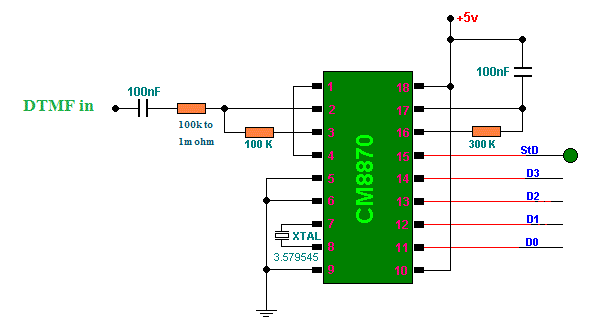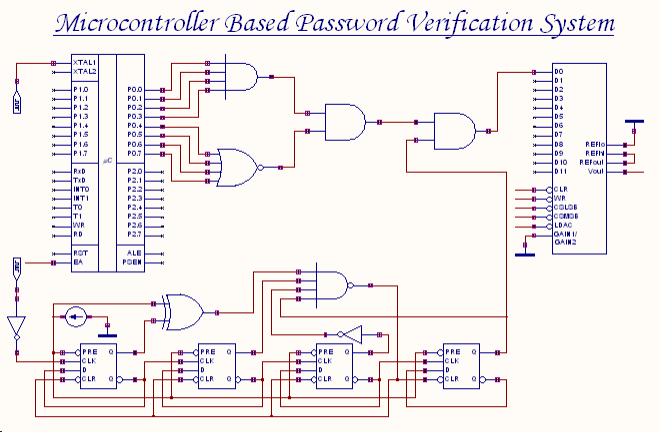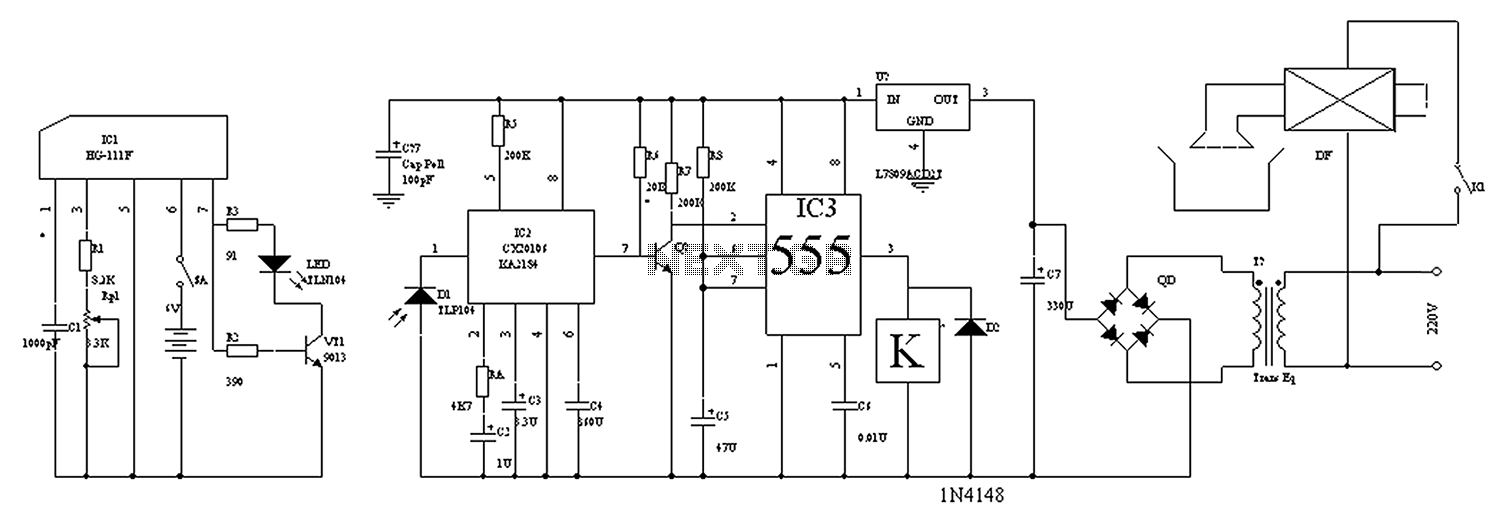
Beam-break Detector For Camera Shutter or Flash Control

This circuit serves as an alternative to the infrared beam break detector discussed in the June 2009 issue of Silicon Chip. It aims to provide a more efficient solution for detecting interruptions in an infrared beam.
This alternative infrared beam break detector circuit utilizes a simple design that incorporates a light-emitting diode (LED) and a phototransistor. The LED emits infrared light, which is directed towards the phototransistor. When the beam is interrupted by an object, the amount of infrared light reaching the phototransistor decreases, causing a change in its output state.
The circuit typically includes a resistor connected in series with the phototransistor to limit the current flowing through it, ensuring safe operation. Additionally, a pull-up resistor may be employed to pull the output high when the beam is intact, providing a clear high or low signal based on the presence or absence of the beam.
Power supply considerations are important in this design. The circuit can operate effectively on a low voltage, making it suitable for battery-powered applications. The choice of components, such as the LED and phototransistor, should be made based on the desired range and sensitivity of the detector.
To enhance the reliability of the circuit, filtering capacitors may be added to suppress noise and stabilize the output signal. Furthermore, adjustments to the resistor values can fine-tune the sensitivity of the detector, allowing it to accommodate various environmental conditions.
Overall, this circuit represents a practical and efficient solution for applications requiring beam interruption detection, such as automatic doors, security systems, and various automation projects.This circuit is presented as an alternative to the IR beam break detector featured in the June 2009 issue (Silicon Chip). In order to make it relatively i.. 🔗 External reference
This alternative infrared beam break detector circuit utilizes a simple design that incorporates a light-emitting diode (LED) and a phototransistor. The LED emits infrared light, which is directed towards the phototransistor. When the beam is interrupted by an object, the amount of infrared light reaching the phototransistor decreases, causing a change in its output state.
The circuit typically includes a resistor connected in series with the phototransistor to limit the current flowing through it, ensuring safe operation. Additionally, a pull-up resistor may be employed to pull the output high when the beam is intact, providing a clear high or low signal based on the presence or absence of the beam.
Power supply considerations are important in this design. The circuit can operate effectively on a low voltage, making it suitable for battery-powered applications. The choice of components, such as the LED and phototransistor, should be made based on the desired range and sensitivity of the detector.
To enhance the reliability of the circuit, filtering capacitors may be added to suppress noise and stabilize the output signal. Furthermore, adjustments to the resistor values can fine-tune the sensitivity of the detector, allowing it to accommodate various environmental conditions.
Overall, this circuit represents a practical and efficient solution for applications requiring beam interruption detection, such as automatic doors, security systems, and various automation projects.This circuit is presented as an alternative to the IR beam break detector featured in the June 2009 issue (Silicon Chip). In order to make it relatively i.. 🔗 External reference





